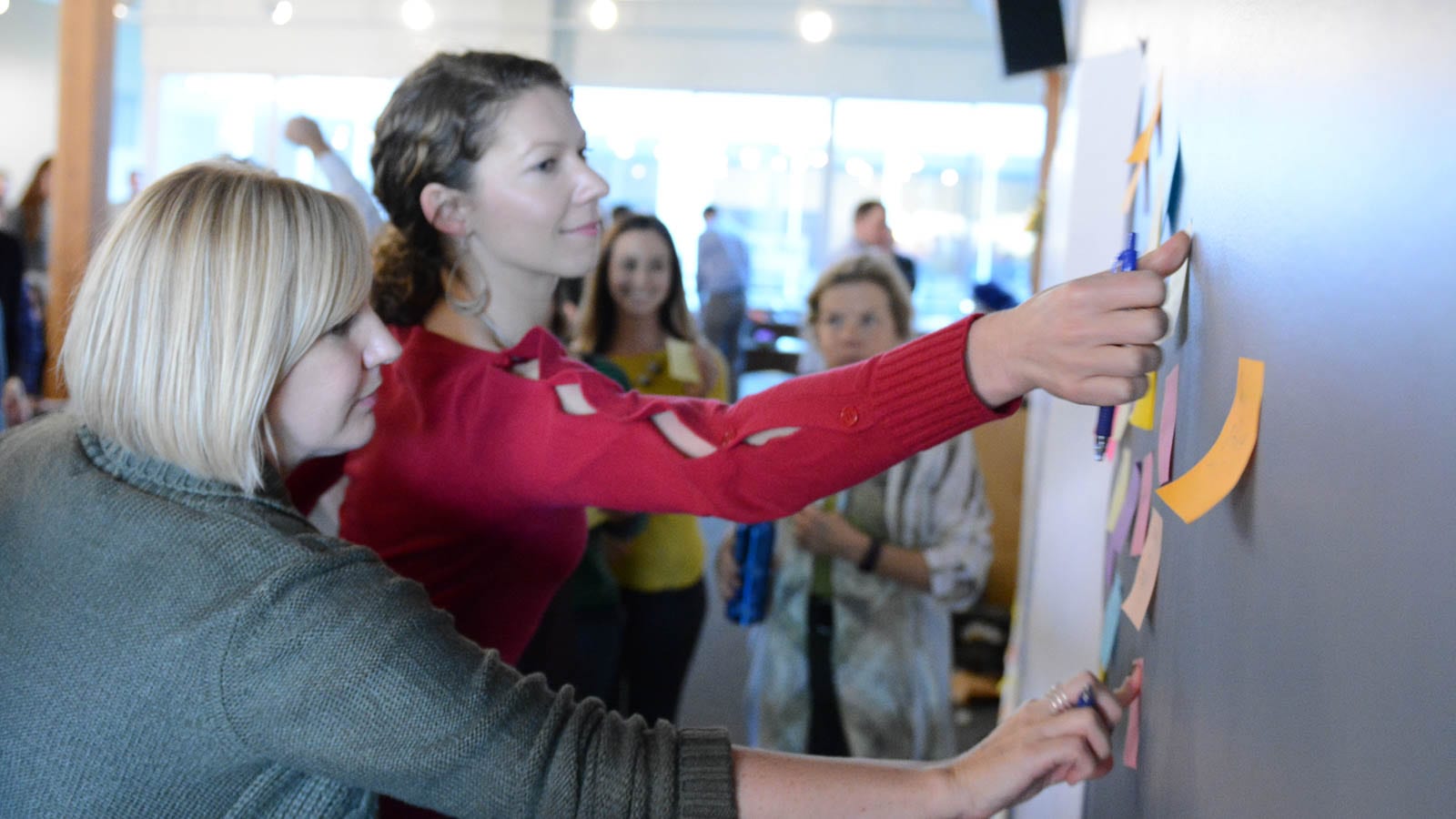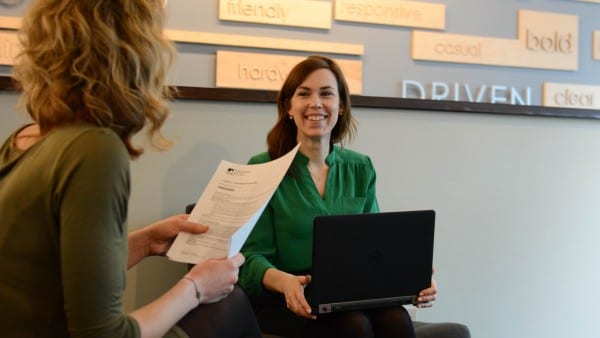Women Remain Underrepresented in Wealth Management. Here’s Why.
Unless you grasp the full slate of finance-related professions, you are likely to bundle them together into one Wall Street-tainted, cutthroat, ethically-questionable mess.
When asked to conjure a mental image of a financial planning professional, most of us picture a male by default. There’s a reason we hold this unconscious bias. Men have dominated the financial planning profession for as long as the field has existed. Like the technology industry and other STEM-based careers, it seems as though men seek out financial-oriented careers and women do not.
This is a particularly puzzling phenomenon since financial planning can be a rewarding career providing meaningful work, a flexible schedule, and personal financial success. A successful financial advisor is a skilled relationship builder, listens actively, is empathic, and truly wants to help people achieve their goals. Once a client base is established, an advisor has the autonomy to create her own schedule, achieving high quality work/life balance and integration.
We have witnessed a dramatic increase in recent years in the ranks of women creating their own wealth and making the majority of financial decisions in their household. Half of American workers are female, mothers are the primary breadwinners in 40 percent of families, and 67 percent of women control the family budget. Looking ahead, women are projected to be the beneficiaries of more than $25 trillion from their immediate family members. While statistics show that women don’t prefer one gender over another when choosing a financial advisor, studies do indicate that women dealing with a life transition, divorce, death in the family, or windfall do prefer a female advisor. The upshot? There’s a huge opportunity for more women to choose a career as a financial advisor.
Half of American workers are female and 67 percent of women control the family budget.
Since I joined Brighton Jones in 2003, we have been continuously looking for female financial advisors to join our team. Yet for 14 years it’s been difficult to downright impossible at times to find them. Whether we’re looking for finance or economics graduates to hire and groom or a seasoned professional to team with us, there are just not that many women out there. According to the CFP Board, only 23 percent of certified financial planners are women, a figure that has remained steady for the past decade. After years of head-scratching, frustration, and wonder, we set out to learn why—why are so few financial planning professionals women? Here’s what we’ve found:
A misunderstood industry
Let’s face it—finance, in general, has a bad reputation. Unless you grasp the full slate of finance-related professions (investments, banking, insurance, personal financial planning, etc.), you are likely to bundle them together into one Wall Street-tainted, cutthroat, ethically-questionable mess. Such a poor reputation deters people from exploring a path at a firm that aligns with admirable personal and professional values. While some aspects of financial planning are driven by numbers, the vocation as a whole is a deeply relational business. People don’t understand that initially.
Out of sight, out of mind
The lack of highly visible role models negatively affects how women picture themselves in the industry. Additionally, employees require development and championship to grow and succeed over the long term. A Rockefeller Foundation report noted that more than “8 in 10 Americans believe that not having women in leadership positions as role models fails to inspire women and has contributed to preventing women from securing top leadership positions.” With so few women in the leadership roles, there is little internal support for others just starting out. In an effort to raise awareness and provide younger, more diverse role models, the CFP Board highlighted three professionals in a recent digital campaign.
Unclear pathways
Unless your college or university offers the guidance and expertise (which most do not), the onramp to a career in personal finance is not obvious. The jungle of broker-dealers and investment banks is daunting to navigate. Women who are looking to transition to financial planning mid-career might understand where they want to go and how to get there, but the risk aversion of having to start with an entry level salary can be a barrier.
Historical gender bias
This is a tough one. Bias is uncomfortable to talk about, mostly because it’s an unconscious activity. In an industry historically dominated by men, where success is a certain image, there tends to be bias around every decision-making turn: from who to hire or promote and what initiatives get support. Indeed, the vast the majority of Americans agree that “traditions of and expectations for male leadership in workplace cultures contributes to women’s lack of representation in top positions.” To combat this, bias must be addressed within the processes themselves. Rather than relying on a point in time assessment of job performance, for example, structure the evaluation over a period of time with multiple inputs from a variety of resources.
Americans agree that “expectations for male leadership in workplace cultures contributes to women’s lack of representation in top positions.”
At Brighton Jones, our mission is to help our colleagues, community members, and clients live richer lives. We understand our role here is to raise awareness and do the work needed to bring more women into this rewarding profession. In upcoming posts, you’ll hear from our own financial advisors on these issues and learn more about how Brighton Jones is moving the needle, both for our current and future female advisors and clients. This work will change the face of the industry and we are all in!






